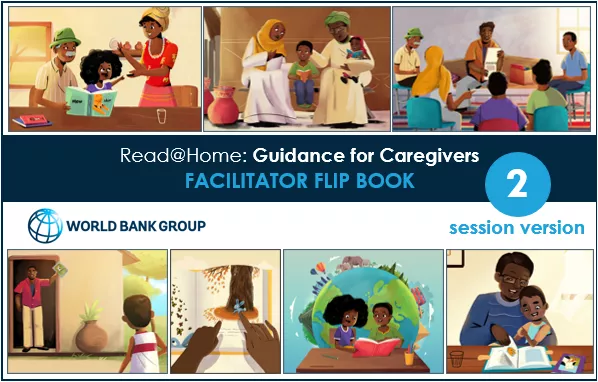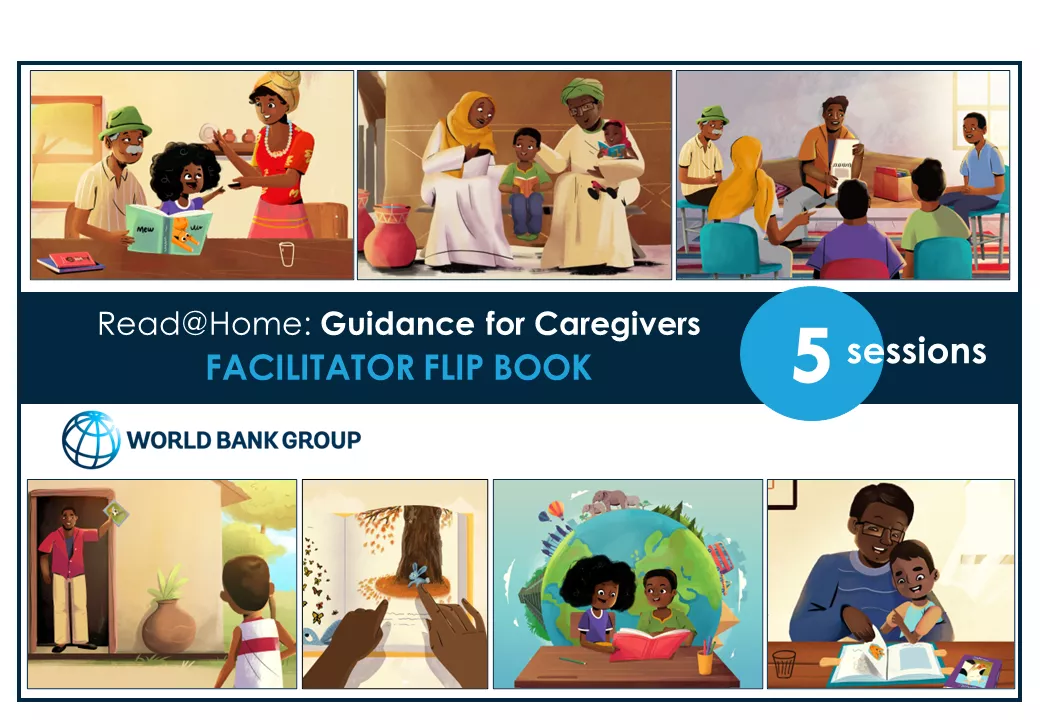This report addresses key issues based on recent research on language and literacy in the African context, including teacher education, and outlines key findings and recommendations for research and practice based on the review of the literature.
Search the site
Section 29(2) of the Constitution provides that every learner has the right to receive a basic education in the language of his or her choice, where this is reasonably practicable. This right is an important recognition of equality and diversity, and the need to depart from a history in which education – and language in education, in particular – was used as a vehicle to implement and strengthen apartheid.
The library is an institution that meets people’s information needs. This has been its role historically: providing a place for people to visit, ask questions, and access and use information resources. In doing so, libraries have long enabled people of all ages to learn and improve their lives. Public libraries have the particular role of meeting community-specific requirements.
A Creative Commons guide on how to share resources and creativity, but also maintain a sustainable organization.
This is a PowerPoint presentation on Mango Tree’s methodologies for teaching literacy to young children in Northern Uganda.
In 2015, NBA received a grant from the William and Flora Hewlett Foundation to explore the potential for open licensing in enhancing the availability of mother-tongue early-literacy reading resources in the developing world.
Paper presented at the 2017 Africa regional conference of the International Board on Books for Young People (IBBY) in August 2017 in Kampala, Uganda.


This flip book is designed to be used over two meetings with caregivers, with content divided into two sessions.


This flip book is designed to be used over three meetings with caregivers, with content divided into five sessions.
This paper was written for the 5th IBBY Africa Regional Meeting, which was held 29 August-1 September 2019 in Accra, Ghana. The conference took as its theme: the importance of illustrations in children’s books.
This paper was written for the 5th IBBY Africa Regional Meeting, which was held 29 August-1 September 2019 in Accra, Ghana. The conference took as its theme: the importance of illustrations in children’s books.
Openly licensed resources are ‘free’ to access, but there are significant creation, adaptation, production, and use costs. The long-term sustainability of local-language publishing requires that these costs be met fairly, using financial models that will enable people to establish, grow, and maintain effective content creation organizations.
This presentation was created for the Association for the Development of Education in Africa (ADEA) workshop in Nairobi on National Book and Reading Policies for Africa from 17th to 19th June 2019. The presentation addresses issues related to the cost of storybook creation and adaptation of storybooks.
Cette présentation a été créée pour l'atelier de l'Association pour le développement de l'éducation en Afrique (ADEA) à Nairobi sur les politiques nationales du livre et de la lecture pour l'Afrique du 17 au 19 juin 2019. La présentation aborde les questions liées au coût de la création et de l'adaptation des livres d'histoires.
This presentation was delivered delivered on 22 May, 2019 at the 3rd African Library & Information Association (AfLIA) Conference and 5th African Library Summit, held at the Weston Hotel in Nairobi, Kenya. The theme of the conference was ‘African libraries creating the Africa we want and achieving the Sustainable Development Goals’.
A key barrier to improving children's reading skills is limited or no access to textbooks and reading materials. An open education resource (OER) policy could help progress Early Grade Reading (EGR) efforts and is now a policy requirement for all United States Government-funded projects. Can stakeholders in the book production chain embrace an OER model, finding benefit in the approach for their businesses?
Restrictive copyrights can limit how likely reading resources are to be used, shared or repurposed, which significantly diminishes the potential impact of the materials. Donors and international organizations are increasingly investing in open educational resources, as they are interested in ensuring that educational materials reach the greatest possible number of learners, and that broad access to those material




